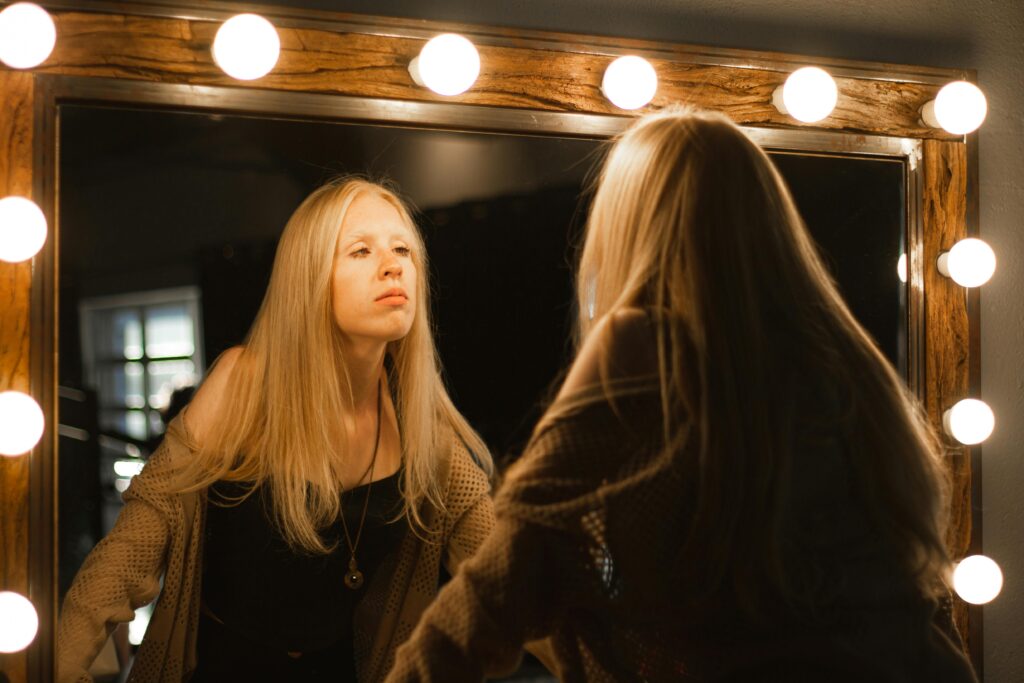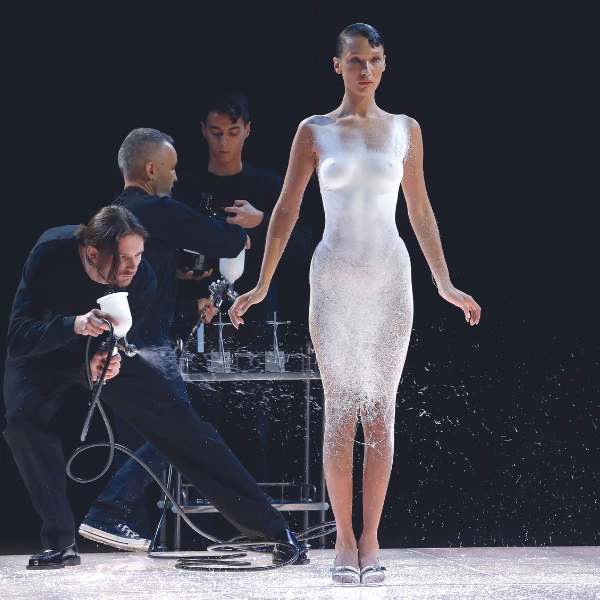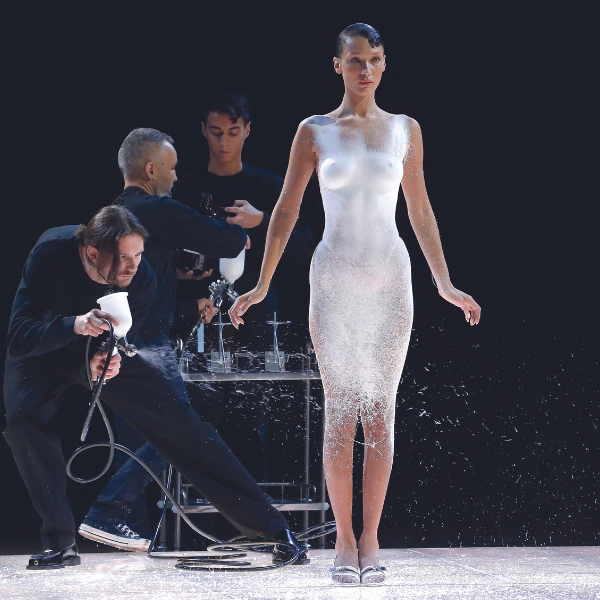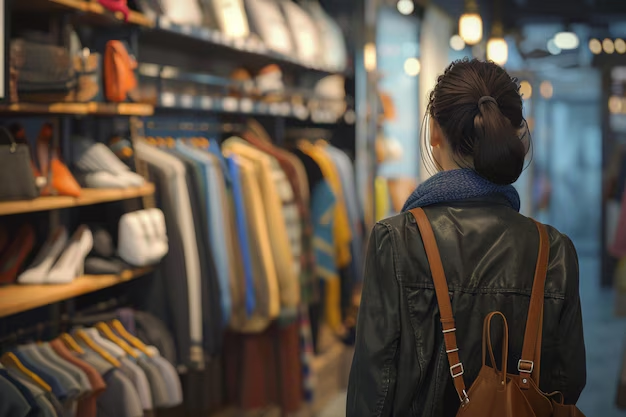The Power Of Pretty Privilege: Fashion’s Unspoken Currency
Let’s be real. We all know pretty privilege exists. Especially in an age where a 15-seconds lip-syncing video by a beautiful woman is enough to go viral, it’s almost stranger when it doesn’t happen…

Let’s be real. We all know pretty privilege exists. Especially in an age where a 15-seconds lip-syncing video by a beautiful woman is enough to go viral, it’s almost stranger when it doesn’t happen. The world isn’t fair, and in fashion? It’s even worse. Beauty isn’t just an asset, it’s currency. It opens doors, lands magazine covers, and gets you past velvet ropes while the rest of us wait outside in the cold.
It’s like Titanic. Women and children got priority for lifeboats. but in fashion? Beauty gets the first seat.
Beauty. A topic so sensitive, yet so addictive, you can’t possibly let it go. It’s like smoking; once you’ve had a taste, quitting feels impossible. But can you blame anyone? We, as a society, are obsessed with beauty. Always have been, always will be. It shapes our lives in ways both good and bad. Good, when you’re admired. Bad, when you’re not good enough.
So where does pretty privilege come from? Why do beautiful people get better treatment than others when we’re all made of the same flesh and bones?
Well, look no further, think from your own perspective.
Imagine someone spills their drink on your limited-edition designer shoes. What’s your first reaction? Fury. Those shoes were sacred, irreplaceable. No amount of money could bring them back. You’d want to grab that person by the collar and demand justice.
But what if that person was Chris Evans or Henry Cavill? Jessica Alba or Megan Fox?
Be honest. At least 60% of your anger would vanish. You’d still be upset, but suddenly…it wouldn’t feel as bad. Why? Because attraction softens the blow. It’s not something we consciously decide. It’s conditioning.
Now, apply this to fashion.

Think of bamboo. Tall, slander, long joints. That’s been fashion’s beauty standard for decades. The industry doesn’t just thrive on beauty, it’s built on it. Like bees to honey, fashion clings to beauty. It’s the lifeblood of the industry.
Look at modeling. It’s the clearest example of pretty privilege in motion. Models aren’t just chosen for their talent but how well they fit a specific, and often harsh beauty standard. Tall. Thin. Symmetrical. They’re living proof of the industry’s silent rule: beauty equals worth.
But it doesn’t stop there. Pretty privilege dictates who succeeds in fashion, designers, influencers, even journalists. Designers create for an “ideal” body type, excluding anyone outside the mold. Influencers with conventionally attractive looks amass more followers, brand deals, and exposure. Their beauty turns into social currency, likes, followers, money, and opportunities.
And what happens when you don’t fit the mold?
Your visibility shrinks. Your voice quiets.
The industry’s obsession with beauty isn’t just about aesthetics, it’s a mental battlefield. Models, actors, influencers, public figures who embody these rigid beauty standards, set the bar so high that even beyond their world, the pressure tickles down to us. We begin to believe that to matter, we must be beautiful. That our worth is tied to how well we fit the mold. and those who don’t conform feel invisible. Unheard. Unworthy. Trapped between altering themselves or accepting that they’ll never be seen. But the irony? It’s a cycle we all keep feeding.
Celebrities follow these impossible standard because the industry demands it. But who fuels the industry? We do. The very ideals we chase, we reinforce, pushing them back onto the same celebrities who shaped them in the first place.
A never-ending loop where beauty isn’t just admired, it’s enforced.
Beauty for all and all for beauty.
And for what?
To meet a standard that isn’t real? To chase a perfection that was manufactured in the first place?
Because let’s be honest, beauty is a privilege, but it shouldn’t be a requirement.



